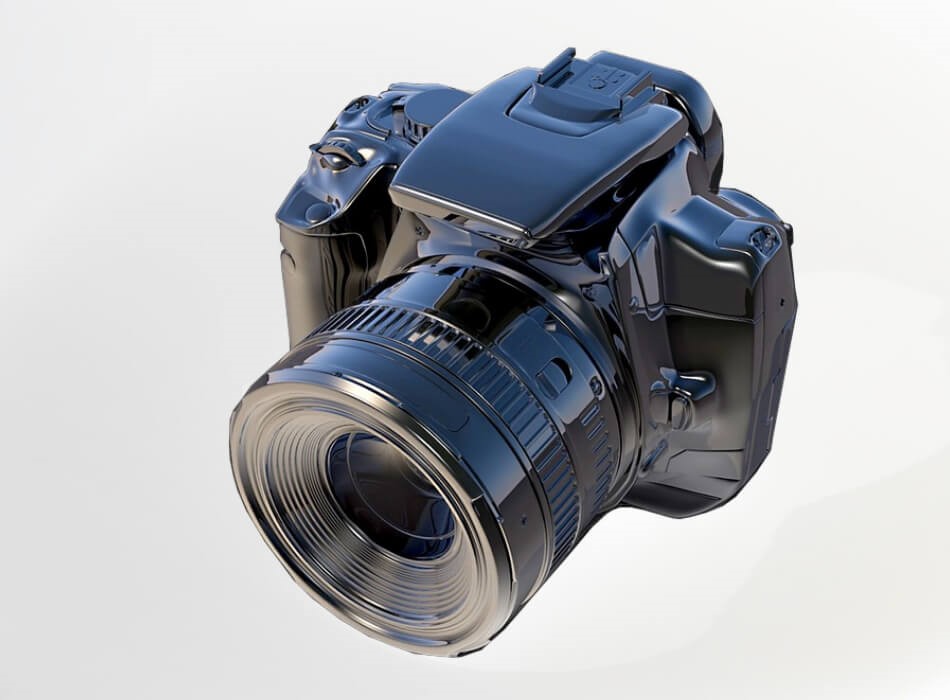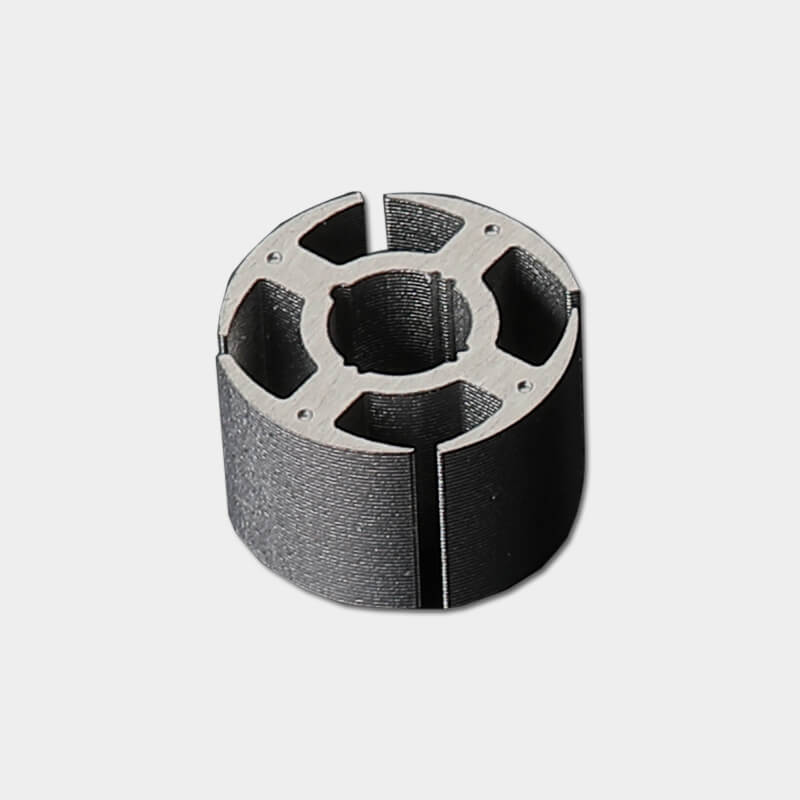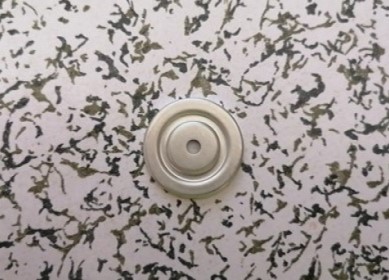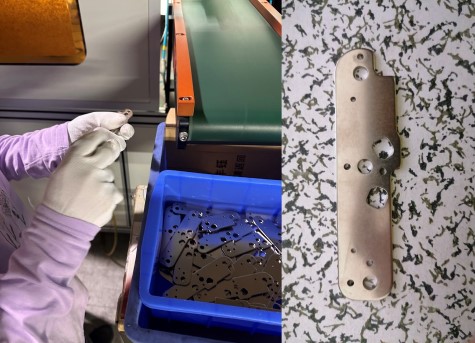
Many parts of a digital camera can be made using stamping, including the camera body and various internal components such as brackets and holders. Stamping can be used to form metal parts to precise dimensions, making it a useful manufacturing process for a wide variety of camera components.
Introduction of Digital Camera
A digital camera is a type of camera that captures images using electronic image sensors, rather than film. These sensors convert light into electrical signals, which are then processed by the camera's internal computer to create a digital image.
Digital cameras typically allow users to store and review their images on the camera itself, or o a separate device such as a computer or smartphone. They come in many different forms, including point-and-shoot cameras, mirrorless cameras, and DSLR (digital single-lens reflex) cameras, and range in complexity from basic models to highly advanced, professional-grade cameras. They are widely used in personal and professional fields and become very popular after the development of smartphones which also have cameras in them.
The 9 Key Components of Digital Cameras
A digital camera typically consists of several key components, including:
- Image sensor: This is the part of the camera that captures light and converts it into an electrical signal. Image sensors come in a variety of sizes and types, including CCD (charge-coupled device) and CMOS (complementary metal-oxide-semiconductor) sensors.
- Lens: The lens of a digital camera is used to focus light onto the image sensor. Lenses come in a variety of types, including fixed-focal-length lenses and zoom lenses, and can have different apertures (f-stops) to control the amount of light that enters the camera.
- Shutter: The shutter controls the amount of time that the image sensor is exposed to light. A mechanical or electronic shutter opens and closes to control the exposure time.
- Image processor: This is the computer within the camera that processes the electrical signals from the image sensor and creates a digital image.
- Display: Most digital cameras have a built-in LLCDfor previewing and reviewing images.
- Control buttons and dials: Digital cameras have various buttons and dials for adjusting settings such as aperture, shutter speed, and ISO sensitivity.
- Power source: Digital cameras require a power source, which can be batteries or an AC adapter.
- Storage: Digital cameras typically have some kind of built-in memory for storing images, such as internal memory or a memory card slot.
- Some digital cameras may have additional features, such as built-in flash, GPS, or Wi-Fi connectivity.
Digital Cameras are Classified as Consumer Electronics
Digital cameras are classified as consumer electronics because they are designed to be used by individuals and households for personal, and non-professional use. Consumer electronics are electronic devices that are intended for everyday use and are typically sold at a relatively low cost.
Digital cameras are typically more affordable and easy to use compared to professional cameras, and they offer features such as automatic exposure and focus to make picture-taking accessible to the general public, making them highly popular among consumers. They are also widely used for personal photography and videography, rather than for commercial or scientific applications.
Additionally, consumer electronics are known for being updated and improved frequently, this is also the case for digital cameras with new models coming out every year with new features, such as higher resolution, better image stabilization,n and advanced connectivity options to smartphones and other devices. As a result, people are likely to replace them frequently to benefit from these new features.
All these characteristics make them fit into the consumer electronic category.
Metal Components of Digital Cameras Stamping

Stamping is a manufacturing process that can be used to create a wide variety of parts for digital cameras. The process involves using a stamping press and a die to shape a piece of metal into a specific shape.
Stamping can be used to make many internal components of a camera such as:
- Camera body parts: The camera body is often made from stamped metal, which can be shaped into complex designs that provide structural support and protection for the camera's internal components.
- Brackets and holders: These components are used to hold internal components such as the image sensor and lens in place. They are often made from stamped metal, which can be precision-formed to fit the specific shape of the components they hold.
- Other internal parts like gears, levers, and connectors: These parts are required for the camera movement and functionality, and can be made using stamping and then assembled with other parts to make the final product.
-
Stamping is also used to make cosmetic parts of the camera such as nameplates, branding, and other decoration parts. Stamping is a cost-effective and efficient way to produce high-volume, precision parts that can be used in the manufacture of digital cameras, which makes it an ideal method for mass-producing camera components.
Servel Video of Stamping for Digital Cameras
Metal stamping offer several benefits, including cost-effectiveness, precision, speed, and consistency. Additionally, stamping can be used to produce a high volume of parts with minimal material waste, which can be beneficial in terms of both cost and sustainability.
The following is a demonstration video created to showcase the functionality of stamping for digital cameras:
Metal Brackets Stamping for Digital Cameras
The brackets have been specifically designed for use with digital cameras, they can also be used in other applications where a bracket is needed to support or hold a component or assembly.
Metal Holders Stamping for Digital Cameras
The holders are used as a frame or support for digital cameras to hold them securely in place, they are typically made of aluminum, steel, or other types of metal, It may not be compatible with all types of digital cameras, it depends on the model and design of the holder and camera.
Metal Stamping for Internal Parts of Digital Cameras
Metal stamping is used to create internal parts for digital cameras, but one limitation is that it is not well-suited for creating complex shapes or parts with internal features. It still is a cost-effective and efficient method for producing large quantities of high-precision parts and also a faster method than others like 3D printing and CNC milling.
The Precautions in Stamping Metal Brackets for Digital Cameras
Stamping metal brackets for digital cameras requires precision and care to ensure that the final products meet the necessary specifications and quality standards. Here are some precautions that can be taken to ensure the quality of stamped metal brackets for digital cameras:
- Tooling and die maintenance: The dies and tooling used in stamping need to be in good condition and well-maintained to ensure accurate and consistent stamping. This includes checking and replacing worn or damaged parts and regularly sharpening or polishing the dies.
- Use of appropriate materials: The quality of the stamped parts is heavily dependent on the quality of the material being used, the metal should be properly chosen based on its strength, rigidity, and corrosion resistance properties. Also, it should be free from defects, such as cracks, and be properly cleaned and prepared before stamping.
- Proper process control: The stamping process should be closely monitored and controlled to ensure that the right amount of force and speed is used, and that the material is properly aligned with the dies.
- Quality inspection: Inspection and quality control checks should be performed at various stages of the stamping process, such as before and after stamping, and on the final parts, to ensure that the parts meet the necessary specifications and quality standards.
- Proper packaging and storage : After stamping and inspection process is done, parts should be properly packaged and stored to prevent damage.
By following these precautions, manufacturers can ensure that the stamped metal brackets for digital cameras are of high quality and meet the necessary specifications for use in the final product.
Feng-Yu Precision Electronics Co., Ltd. is a China custom metal stamping manufacturer that was founded in 1971, based on our mastery of precision hardware processing technology and nearly 50 years of experience. Hardware processing provides key components for many industrial equipment and products, such as processing hardware stamping parts, injection molding parts, automotive stamping parts, precision hardware stamping parts, medical devices stamping, and other products. Our company provides a one-stop service process from drawing receiving to sample delivery, with stable quality and commitment, please contact us.

Metal stamping is essential for motor core manufacturing , providing precise shaping, high-volume production, and quality control measures.

Metal stamping is essential for manufacturing pressure stabilizing gaskets, providing precise shaping, high-volume production, and quality control measures.

Metal stamping is crucial for producing stable, precisely positioned brackets in car audio systems. It offers cost-effective, high-quality manufacturing and adapts to advancements, including new materials, automation, and sustainability. Contact us for your precision metal stamping needs.
